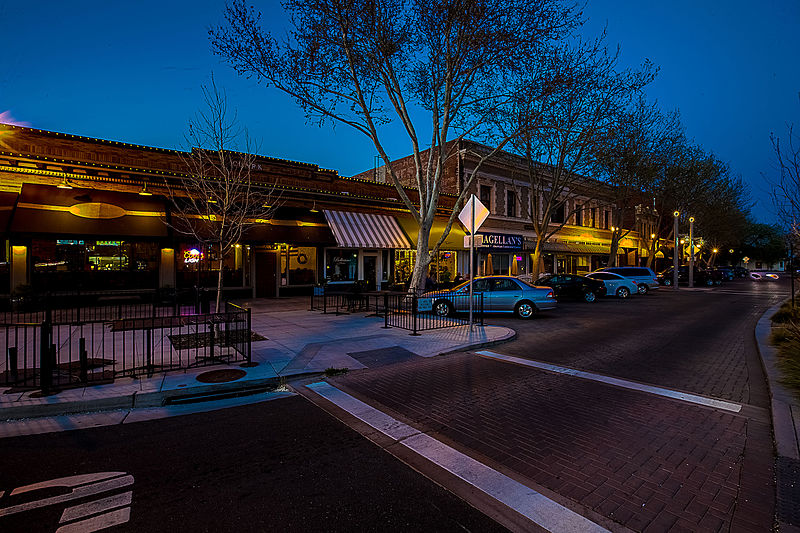Background
Tracy is located in California’s Central Valley roughly sixty miles east of San Francisco. For decades it has been a key logistics and shipping center for agricultural goods produced throughout the Central Valley and destined for large retail companies and the US military.
$13.7 million
Deficit in Fiscal Year 2009
Financial Problem
Like most cities that depend on cyclical industries like logistics and retail, Tracy’s economy was hit hard by the Great Recession. Unemployment in December 2007, just before the recession, was 5.6 percent. By December 2009 it was 10.6 percent, peaking at 11.9 percent in January 2011. Unemployment in construction and trades reached 40 percent in January 2011.
Overall, Tracy experienced a 22 percent total reduction in revenues and a budget deficit of $13.7 million in FY 2009.
$8 million
Capital Expenditures Deferred in 2009
Short-Term Policy
Faced with this challenging economic picture, the Tracy City Council took two key steps. Like other municipalities, it redirected upcoming general fund resources dedicated to capital projects – roughly $8 million in 2008-2009 – toward basic operations. In addition, the city used $2 million from its reserves to help plug the budget gap.
Short-term Financial Impact
The deferral of capital expenditures helped the city council save $8 million in FY 2009 to use toward the operational budget to maintain service and staff levels. This prevented significant immediate reductions in city staff and allowed core service departments to adjust gradually through restructuring staffing plans, leaving vacant positions unfilled and, in rare cases, temporary furloughs.
$90 million
Accelerated 18-month CIP
Medium-Term Policy
Much more unconventionally, Tracy took the step of expanding and accelerating its capital improvement program over the medium term. The city compressed four years of capital projects worth $90 million into 18 months. Almost all were funded with some combination of debt issued before the recession, capital reserves, or new debt issued at record low interest rates. This accelerated capital improvement program was a deliberate attempt to provide local economic stimulus.
Medium-Term Financial Impact
Accelerating the capital improvement plan improved the local economy. By October 2012 Tracy’s unemployment rate was 8.5 percent, well below the statewide average of 10.1 percent. In late 2012 Amazon announced plans to build a major distribution center in Tracy and other retailers decided to locate in a newly built retail center. Over time Amazon contributed to an increase in area jobs and the retail centers helped boost sales tax revenue to $37 million in 2019 from $9.2 million in 2010. Local officials attribute their success in part to infrastructure improvements made during the accelerated capital improvement program.
$9.2 to $37 million
Sales Tax Revenue increase from 2010 to 2019
Long-Term Effects
In 2019, Amazon employed over 20 percent of Tracy’s workforce, up from zero in 2007. In total, the workforce increased 33 percent between 2010-2019, with the Amazon site accounting for about 80 percent of the increase. In addition, the new retail center supported the tripling of sales activity in Tracy to $2.7 billion between 2009 and 2018. Sales tax revenue increased to $37 million in 2019 from $9.2 million in 2010.
